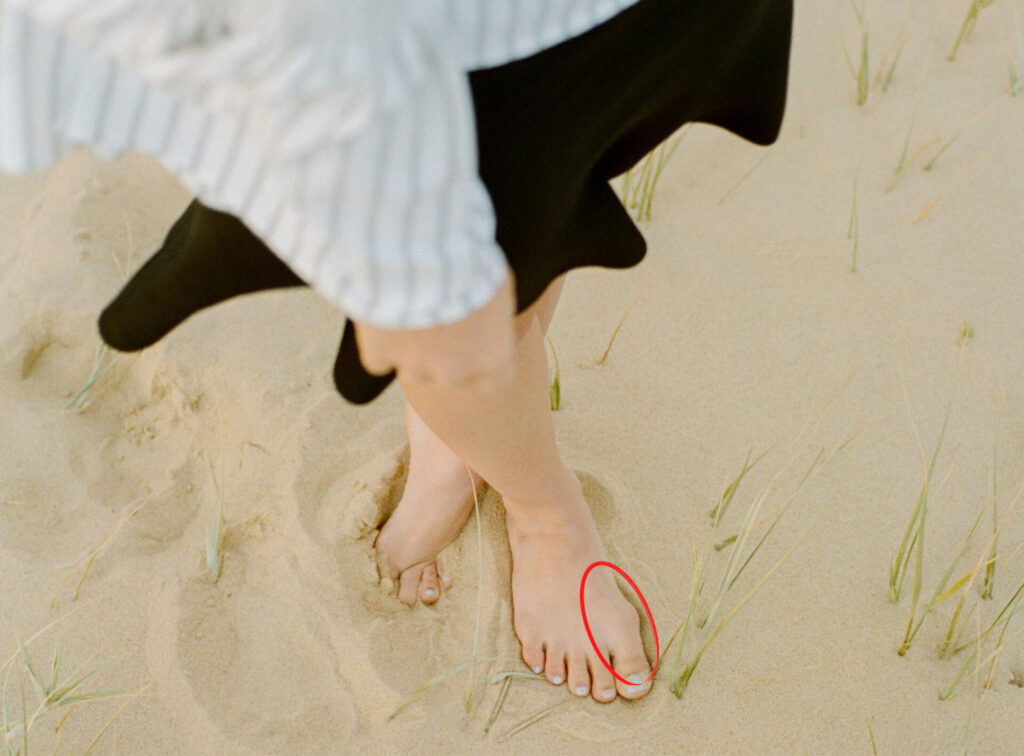Learn more about Hallux Limitus
Hallux limitus refers to a condition where your big toe joint (first MTP joint) lost its range of motion. This condition can be troubling and painful as we use our big toe joint whenever we walk, stoop down, climb up or even stand. Since hallux limitus is a progressive condition, the toe’s motion decreases as time goes on and reaches the end stage of a condition known as Hallux Rigidus where you completely loose the range of motion at the big toe joint.
Causes of Hallux Limitus
Biomechanical dysfunction and trauma are the main causes of hallux limitus.
Trauma from an injury results in damage to the normal articular cartilage resulting in greater wear and tear.
Biomechanical dysfunction also causes degeneration of the great toe joint and occurs with:
- Non- Supportive footwear
- Flat arched feet A flat arched foot causes dorsiflexion of the 1st metatarsal, this results in the movement of axis of the great toe joint. The movement of the joint axis means that there is greater dorsal jamming of the joint. Dorsiflexion off the great toe as seen in a flat foot results in jamming at the top of the toe.
- High arched feet
Symptoms of Hallux Limitus
- Pain and stiffness in the big toe during weightbearing activities (walking, standing, bending).
- Pain and stiffness aggravated by cold, damp weather.
- Difficulty with certain activities (running, squatting) and wearing certain footwear (high heel).
- Swelling and inflammation around the big toe joint.
Treatments
Early treatment may prevent or postpone the need for surgery in the future. Treatment for mild or moderate cases of hallux rigidus may aim to reduce pain and stress in the big toe joint and these include:
- Footwear modifications: Shoes with a large toe box put less pressure on your toe. Stiff or rocker-bottom soles may also be recommended for patients who experience pain during gait cycle.
- Orthotics: Custom orthotic devices aim to fascilitate big toe joint and reduce pain.
- Medications: Oral nonsteroidal anti-inflammatory drugs (NSAIDs), such as ibuprofen, may be taken for pain and inflammation.
- Injection therapy: Injections of corticosteroids may reduce inflammation and pain.
- Physical therapy: Ultrasound therapy or other physical therapy modalities may be undertaken to provide temporary relief.
Are you suffering from this condition? One of our podiatrist can assist and then recommend what treatment options are best to get you back on track. ✅
Schedule an appointment here or you may call us at 44 (0) 207 101 4000. 📞
We hope you have a feetastic day! 👣☀️
-The Chelsea Clinic and Team




